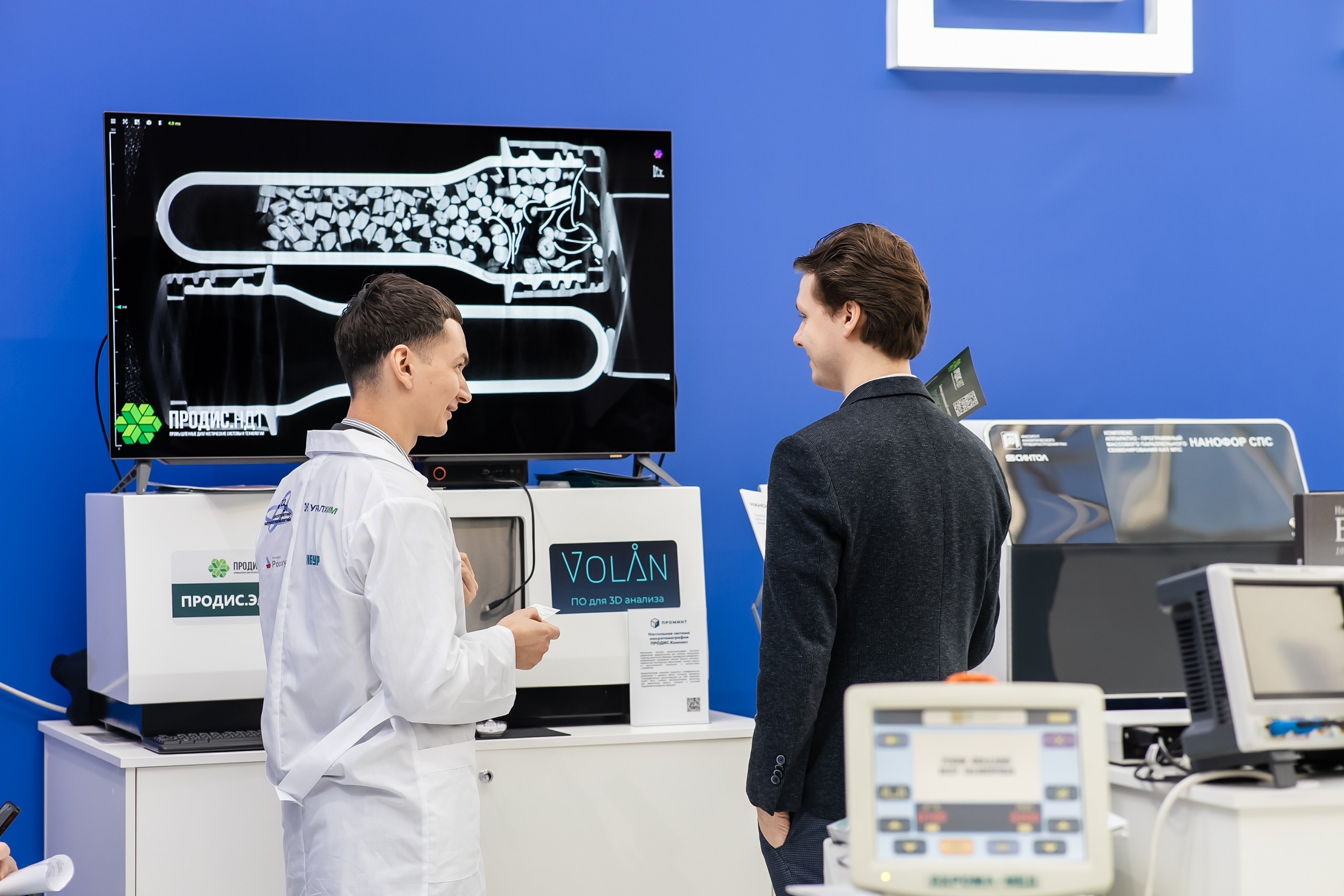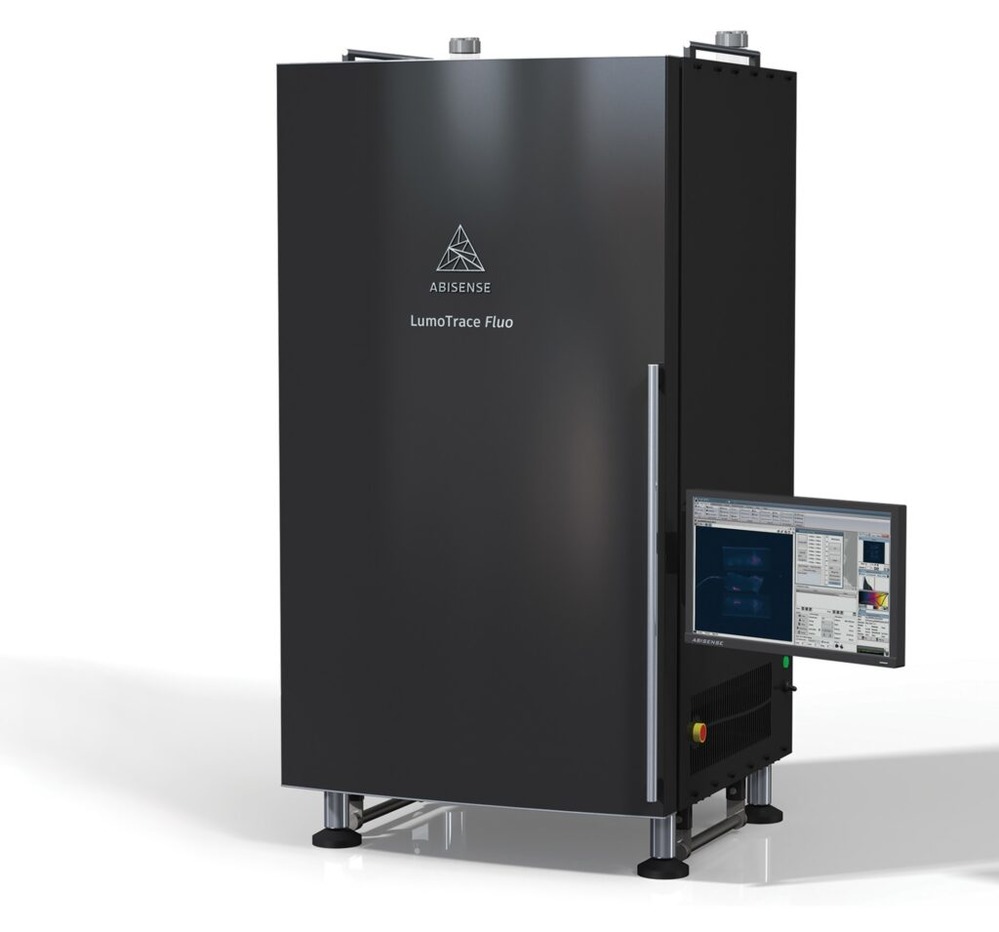Teach a scientist: digital holography and tomograph for archaeologists

What developments young specialists presented and what they plan.
The IV Congress of Young Scientists ended in Sirius having become the largest in the history of the event. Fifty leading domestic universities, companies and research centers presented their developments. Among them are devices for digital holography, a research tomograph for analyzing archaeological finds, and even a digital model of the cockpit of a promising supersonic domestic passenger aircraft. Also, within the framework of the Congress, popular science lectures and seminars for scientists were held.
CONGRESS RESULTS
On November 29, the IV Congress of Young Scientists (CYS) ended at the Sirius University of Science and Technology. It reached top record level for the number of events, more than 200. And also by the number of participants. This year, more than 7,000npeople visited CYS. According to the organizers, this is the largest event of its kind in our country. Fifty largest domestic universities, companies and research centers showed their developments.
Among the most interesting exhibits is a system for digital holography and interferometry in real time by Skoltech. It is suitable both for basic research in the field of optics and for various practical applications. For example, the device can be used to create optical tweezers - tools for manipulating microscopic objects. And also for modifying atmospheric optical communication lines or measuring distances to various objects that are needed for the functioning of lidars.
- "Initially we developed this software and hardware complex for the needs of our laboratory. It is constantly being refined and modified in accordance with new scientific tasks. About a year ago we discovered that our colleagues from related scientific fields would also like to have a similar system in their laboratories, tuned to solve their problems. Therefore, we have created a sample that demonstrates in real time the capabilities of our system to attract potential scientific and industrial partners," - said Kirill Sitnik, a young scientist, junior researcher at the Skoltech Hybrid Photonics Laboratory.
All three days of the Congress, the attention of scientists was attracted by the stand of the NASHA LABA project. The initiative was launched in 2022 to import substitution of laboratory equipment, which almost all researchers need. Now the project participants create devices that are not only equal to imported ones, but often surpass them.
- "One of the first unique Russian tomographs with modern software for three-dimensional analysis is presented at our stand. It is already used for industrial diagnostics and 3D visualization of various systems. The device shines through any object and shows what it consists of. This is very important for flaw detection, biology, archeology," told Olga Tarasova, co-author of the project, to "Izvestia".
Another technology presented at the NASHA LABA stand was demonstrated by the Central Design and Technology Institute. The Institute is involved in the creation of the Siberian Ring Photon Source (SKIF). IT is a megascience-class research setup.
- "We present our digital solutions that we use in our work. It is a virtual reality helmet and augmented reality glasses. The technology allows you to see a digital object on the construction site, so the builder can see how much a constructing object matches the project, and also have an access to its drawings. The techology can be applied at any construction site, " - Ivan Garyaev, Head of the OMSCPC direction of the Central Design and Technological Institute (JSC), told "Izvestia".
At the joint exposition of the world-class science center "Supersonic" and the Central Aerohydrodynamic Institute, the participants of the event had the opportunity to test their strength in flying a supersonic passenger aircraft, which is now being developed in Russia. Engineers presented at the Congress a model of an aerobatic stand - an analogue of a real installation, on which TsAGI has recently begun to conduct experiments. The peculiarity of the supersonic liner cabin is that its design does not provide for the installation of glazing, and the pilot monitors the situation using cameras.
- "A full-fledged stand is made on the basis of an industrial manipulator with a lifting capacity of 1300 kg, on which a cabin is installed. The pilot sits in it. It is a tool to link an engineer and flight personnel to develop an aircraft control system. The engineer is developing it, and before starting to implement a solution for a real airliner, we "test" it at a stand with test pilots. Then they will have to use the system in real conditions, " - Yuri Arkhangelsky, a young scientist, researcher at TsAGI, told "Izvestia".
It is important for designers to work out the algorithms of the aircraft control system that can vary greatly. For example, when flying at high speed, the aircraft is not stable, so it needs to be corrected, this task can be assigned to the pilot or done automatically. It is planned to complete the development of the Russian passenger supersonic liner in the 2030s, the specialist added.
CUTTING-EDGE TECHNOLOGIES
As at the events of previous years the "School" of the Russian Science Foundation operated within the framework of the Congress of Young Scientists. This year, more than 400 young grantees took part in it. The management and members of the expert councils summed up the results of the decade since the founding of the organization, talked about the tasks and features of scientific expertise, the mechanics of selection and support for applied projects, as well as building communication between the scientific community and the public.
Everyone could visit the interactive exposition with multimedia projects: virtual tours in scientific laboratories, educational portals, and the Foundation anniversary book and magazine. Here, successful young scientists gave popular science lectures and talked about their work.
- "An art object is installed at our stand - a large panel with photographs. Each participant can take a snapshot and place on the installation, thereby leaving his mark on the history of the Congress,"said Andrei Blinov, Deputy General Director of the Russian Science Foundation.
The Moscow Polytechnic Museum also took an active part in the Congress of Young Scientists with the Large Audience project. This unique event brought together thousands of participants of different ages.
- "For all the Congress guests we have prepared a rich program of lectures "Popularizers from science: the best scientific and educational practices". They were conducted by talented young scientists from different parts of Russia, who passed the All-Russian competition "Lecturer of the Big Audience," in which both individual and collective projects participated, - Ekaterina Lycheva, Advisor to the General Director of the Polytechnic Museum, told "Izvestia".
The listeners were introduced to advanced achievements in the field of medicine, humanitarian research, the use of robotics in educational processes and the popularization of scientific projects, as well as the latest discoveries in physics and other scientific disciplines, the museum worker added.
Source: https://iz-ru.turbopages.org/iz.ru/s/1799053/denis...
